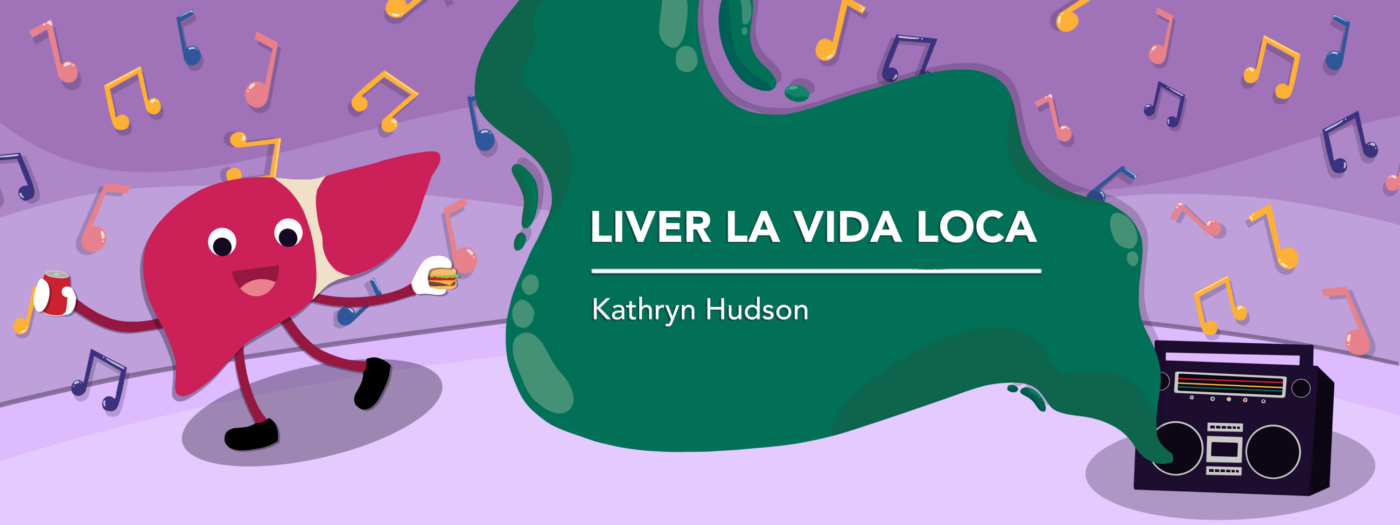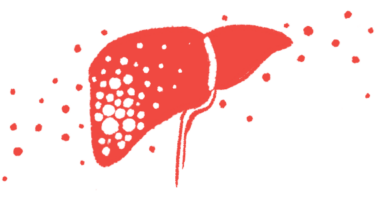MASH motivates me to help my family make healthy choices
How I'm working to keep all of us, human and feline, in good health

My daughter has never asked much about my health, let alone how I live with metabolic dysfunction-associated steatohepatitis (MASH). I don’t expect her to care about my liver any more than my two cats do. As the mother of these three living beings (my daughter would be offended if you didn’t recognize our cats as her nonhuman siblings), my job is to feed and care for them and guide them toward making healthier choices.
If you’ve got a family — whether it includes furry kids, human kids, or simply a loving partner — and you live with MASH, you’ve probably also worried about your family’s overall health. That’s a good thing. As I’ve learned more about my own condition, I’ve come to understand how my health choices ripple out to those I love.
Fatty liver disease, no matter the stage, often begins with diet and metabolism. Our bodies are complicated machines, but when organs and systems fall into poor health, diet is often the easiest lever to pull. Of course, for those of us who love a cheeseburger or slice of cheesecake, that “easy fix” can feel anything but easy. And telling our families to cut back on the foods they enjoy? Not always a winning strategy, either.
Take my cats, for example. My older cat, Bruce Lee, is set in his ways. He ignores most “human” food, with one big exception: fried chicken. He only gets a little on rare occasions, because while my daughter and I love it, too, it’s a rare indulgence in our house. Bruce tips the scales at 19 pounds, and though I’m no vet, I know I’ll hear about it at his next checkup.
My younger cat, Ruth Bader-Ginspurrg, couldn’t be more different. At just under 10 pounds, she grazes on small bites throughout the day and treats every stray moth, fly, or stink bug that wanders inside as a personal snack. While Bruce naps, Ruth turns our living room into a feline ballet.
Meanwhile, I’m trying to keep all of us — two-legged and four-legged — healthy. When I researched fatty liver disease in kids, I was struck to learn that doctors had identified fatty liver in children as early as 1849.
More recently, sugar has been added to the list of culprits. Ruth may beg for crumbs of cookies, but my bigger concern is the sugar reaching my daughter’s liver. After all, Ruth isn’t the one asking for pizza and cola every Friday night.
When I was my daughter’s age, my mother’s biggest concern was that we didn’t brush our teeth enough. Our diet was healthier by default. Most of our food came straight from our garden or from forests and rivers where my family hunted and fished. What we couldn’t eat fresh was frozen or canned with little processing. I’d love to get back to gardening one day, but right now I’m wrestling with invasive weeds in my backyard. In the meantime, I find smaller, meaningful ways to protect my liver and help my daughter build healthier habits.
Like many chronic illnesses, MASH is manageable. Sometimes we can’t eat perfectly, and sometimes our kids will make choices we don’t love. I still feel a twinge of guilt about the day I let my daughter try soda after years of limiting her drinks to milk and water. But realistically, someone else could have introduced it before or after that day, and it wouldn’t have mattered much. What matters is teaching her moderation: that treats can be part of life, but they don’t need to take over.
As for Bruce, moderation isn’t exactly his strong suit. I’m still working on helping him slim down without making him or Ruth feel deprived. And yes, I’m plotting to teach both cats to walk on leashes once I recover from my upcoming knee replacement. Picture it: me, hobbling down the street with two cats in harnesses, determined to look ridiculous in the name of love. If I can pull it off, we’ll definitely be the talk of the town. And if you’re lucky, I’ll share the video.
Note: Liver Disease News is strictly a news and information website about the disease. It does not provide medical advice, diagnosis, or treatment. This content is not intended to be a substitute for professional medical advice, diagnosis, or treatment. Always seek the advice of your physician or other qualified health provider with any questions you may have regarding a medical condition. Never disregard professional medical advice or delay in seeking it because of something you have read on this website. The opinions expressed in this column are not those of Liver Disease News or its parent company, Bionews, and are intended to spark discussion about issues pertaining to liver disease.







Leave a comment
Fill in the required fields to post. Your email address will not be published.